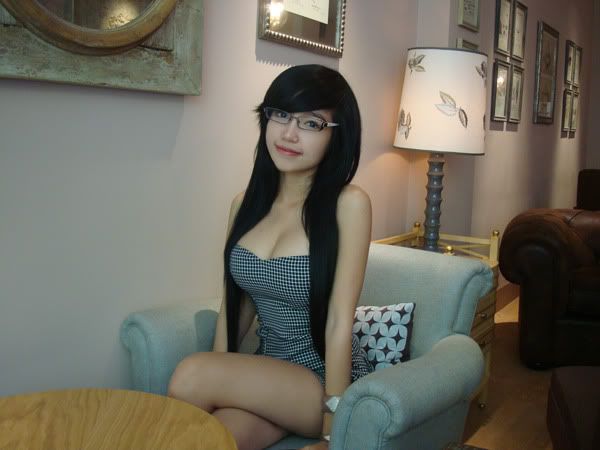Studio Banana TV interviews the Madrid-Berlin based architects Nieto-Sobejano about their project for the refurbishment of the Moritzburg Castle Museum Extension in Germany.
The ancient Moritzburg Castle in the city of Halle is a highly valuable example of Gothic military architecture in late 15th century Germany. Inevitably, its tumultuous history is reflected in the highly varied operations that have gradually changed it over the centuries. In spite of these numerous alterations, the building still maintains the formal structure of its main original architectural components: the perimeter wall-precinct, three of the four circular towers at the corners and the central parade ground.
The partial collapse of the north and western wings during the 17th century Thirty Year War gave rise to the centuries-long association between this castle and the romantic image of a ruin, which has survived down to the present day. With the exception of an unbuilt project by Friedrich Schinkel in 1828, to date there have been no proposals for a total operation to transform and expand the former ruins for the Art Museum housed inside since 1904.
An impressive collection of modern art, primarily German Expressionism, which includes paintings of Halle by Lyonel Feininger, will now be enlarged with the Gerlinger Bequest, one of the most valuable private collections of the Die Brücke expressionist group.
Our proposal for the extension is based on a single, clear architectural idea. It involves a new roof, conceived as a large folded platform that rises and bends to allow natural light to enter and also to hang the new exhibition areas. As a result of this operation, the entire floor area of the former ruin is freed up to generate a single space that permits different exhibition arrangements. This solution is supplemented with the construction of two new vertical communication cores. The first one is set in the north wing, resolving the connection between the different levels. In addition, a modern 25 metre high “tower” is built on the site of the demolished bastion to form an entrance core for the new exhibition spaces, looking out towards the views of the distant city.
The new landscape of roofs and metal towers converses through its angular geometry with the irregular volumetrics of the tall existing Castle roofs. Like the disturbing, expressive shapes painted by Feininger, the new fragments are added to the ongoing transformation process that has characterised the history of Moritzburg Castle over time.
Via: Studio Banana TV




No comments:
Post a Comment